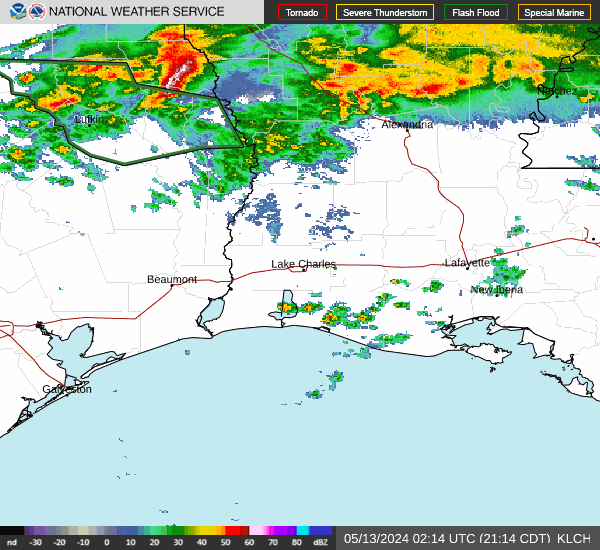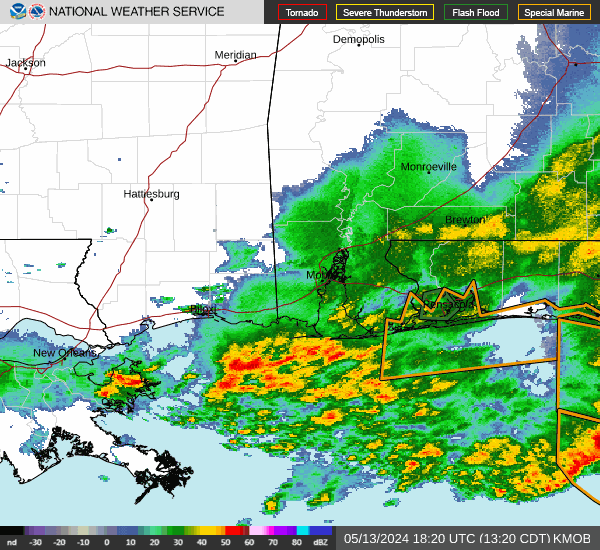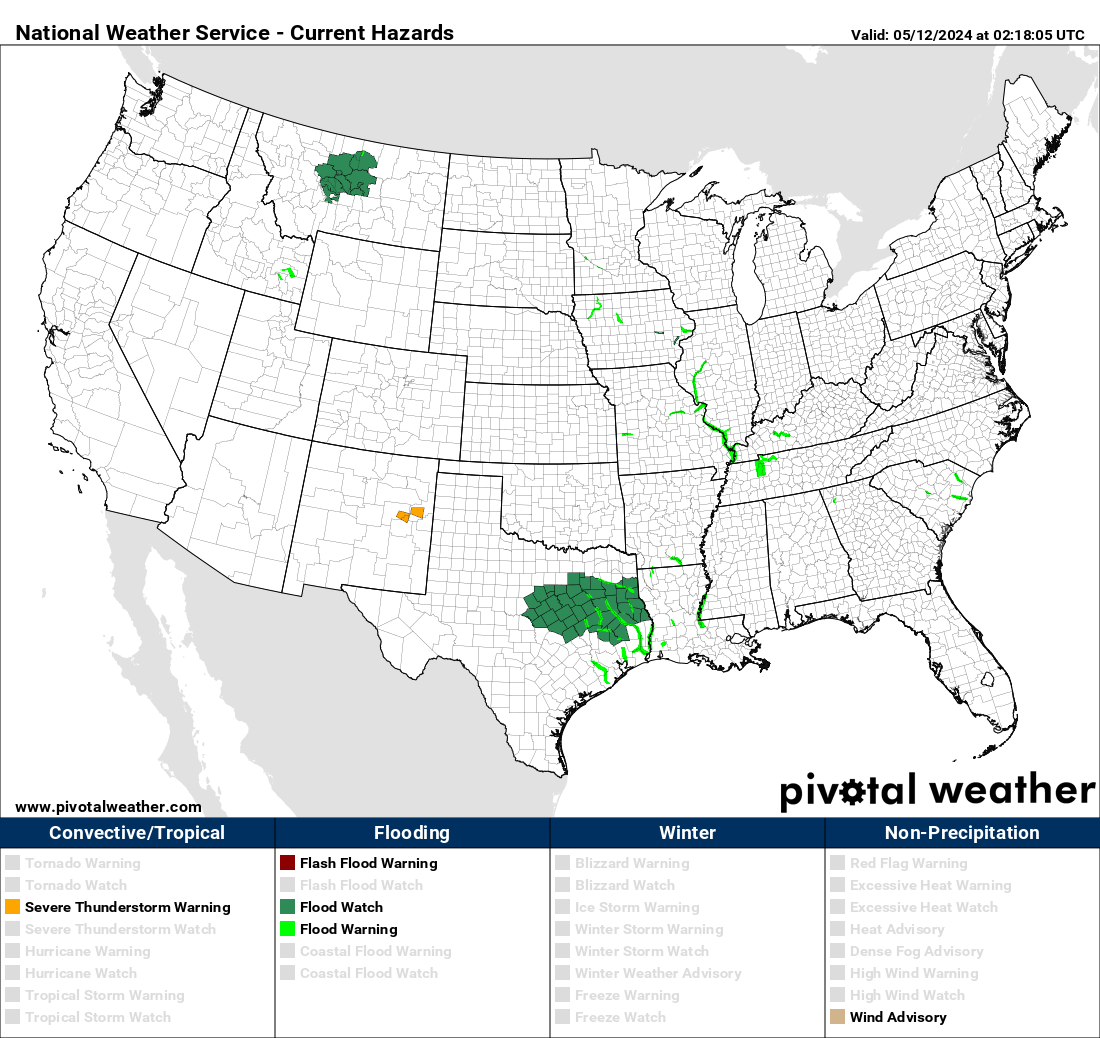Post by Cheshire Cat on Jun 8, 2008 21:05:04 GMT -6
Could high Mississippi River in spring cool off the next hurricane season?
Sunday, June 01, 2008 By Mark Schleifstein
A look back at the history of Mississippi River levels since 1900 reveals an intriguing fact: In the years when the river swelled, as it did this spring, few hurricanes have hit the New Orleans area.
In fact, during 17 high-river years in the past century, just three hurricanes struck near New Orleans. Hurricane Baker, the strongest of the bunch at Category 2, only skirted the mouth of the Mississippi on Aug. 30, 1950, before making landfall in Mobile the next day. In 1979, Hurricane Bob made landfall on Grand Isle at Category 1 strength on July 11, and then moved north over the city. And Hurricane Danny, a Category 1 storm, crossed over southern Plaquemines Parish on July 18, 1997, making landfall later that day on the Mississippi coast.
Several more tropical storms have hit the area in high-river years.
So could New Orleans be spared the brunt of a major hurricane this year because of the unusually high springtime water levels in the Mississippi and Atchafalaya rivers?
Scientists studying hurricanes aren't so sure. It's like buying a mutual fund: Past performance doesn't guarantee future results.
Though the increased rush of cool water through the river and into the Gulf has reduced temperatures along the state's coast -- generally a good thing, as it relates to the threat of major storms -- some storm experts believe the effect could be minimal and that the past track record is just coincidental.
Louisiana State Climatologist Barry Keim and National Hurricane Center lead scientist Chris Landsea said they doubt the high river and its cold water will provide much protection.
"I'm just not convinced the impact of the output of the Mississippi River would have a major impact on incoming hurricanes," Keim said. "The region where that cooler water exists is relatively small compared to the size of a hurricane."
--- Cooler than normal ---
This year's high river in April triggered the opening of 160 of the 350 bays in the Bonnet Carre Spillway to route more than 150,000 cubic feet per second of water into Lake Pontchartrain and eventually into the Gulf of Mexico through Lake Borgne.
(Con't Link: www.nola.com/news/t-p/frontpage/index.ssf?/base/news-10/1212298214151780.xml&coll=1&thispage=2 )
~~~~~~~~~~~~~~

_____Whatcha think?
Sunday, June 01, 2008 By Mark Schleifstein
A look back at the history of Mississippi River levels since 1900 reveals an intriguing fact: In the years when the river swelled, as it did this spring, few hurricanes have hit the New Orleans area.
In fact, during 17 high-river years in the past century, just three hurricanes struck near New Orleans. Hurricane Baker, the strongest of the bunch at Category 2, only skirted the mouth of the Mississippi on Aug. 30, 1950, before making landfall in Mobile the next day. In 1979, Hurricane Bob made landfall on Grand Isle at Category 1 strength on July 11, and then moved north over the city. And Hurricane Danny, a Category 1 storm, crossed over southern Plaquemines Parish on July 18, 1997, making landfall later that day on the Mississippi coast.
Several more tropical storms have hit the area in high-river years.
So could New Orleans be spared the brunt of a major hurricane this year because of the unusually high springtime water levels in the Mississippi and Atchafalaya rivers?
Scientists studying hurricanes aren't so sure. It's like buying a mutual fund: Past performance doesn't guarantee future results.
Though the increased rush of cool water through the river and into the Gulf has reduced temperatures along the state's coast -- generally a good thing, as it relates to the threat of major storms -- some storm experts believe the effect could be minimal and that the past track record is just coincidental.
Louisiana State Climatologist Barry Keim and National Hurricane Center lead scientist Chris Landsea said they doubt the high river and its cold water will provide much protection.
"I'm just not convinced the impact of the output of the Mississippi River would have a major impact on incoming hurricanes," Keim said. "The region where that cooler water exists is relatively small compared to the size of a hurricane."
--- Cooler than normal ---
This year's high river in April triggered the opening of 160 of the 350 bays in the Bonnet Carre Spillway to route more than 150,000 cubic feet per second of water into Lake Pontchartrain and eventually into the Gulf of Mexico through Lake Borgne.
(Con't Link: www.nola.com/news/t-p/frontpage/index.ssf?/base/news-10/1212298214151780.xml&coll=1&thispage=2 )
~~~~~~~~~~~~~~

_____Whatcha think?
















